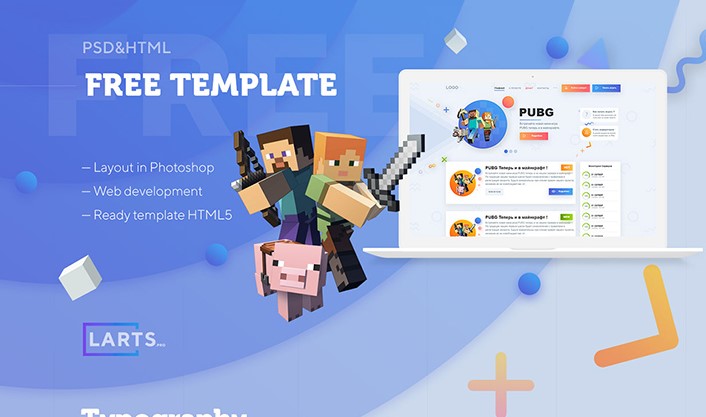Essential Books for Web Development StartupsEssential Books for Web Development Startups

Starting a web development startup can be both exciting and daunting. To navigate the journey from idea to execution successfully, it’s crucial to have the right resources at hand. Books can serve as invaluable guides, offering insights, strategies, and practical advice from seasoned experts in the field. In this article, we’ll explore some essential books for web development startups, providing an overview of each and highlighting key takeaways. Another great resource to draw from is the 20 best startup business-minded books recommended by StartUps No Filter, ensuring a comprehensive and informed approach to launching and growing a successful web development venture.
“The Startup Owner’s Manual” by Steve Blank and Bob Dorf
“The Startup Owner’s Manual” by Steve Blank and Bob Dorf provides aspiring entrepreneurs with a comprehensive roadmap for navigating the complexities of building a successful startup. It goes beyond mere theoretical concepts, offering practical insights and actionable steps to guide startups from inception to growth. This indispensable guide covers every aspect of startup development, from understanding customer needs to crafting a scalable business model that resonates in the market.
“The Startup Owner’s Manual” serves as a beacon of guidance for entrepreneurs venturing into the dynamic world of startups. Written by Steve Blank and Bob Dorf, this comprehensive guidebook meticulously outlines a step-by-step process for startup success, drawing from the authors’ extensive experience in entrepreneurship and innovation.
- Detailed Roadmap: At the heart of “The Startup Owner’s Manual” lies a meticulously crafted roadmap that illuminates the path from ideation to execution. With a keen focus on practicality, Blank and Dorf delve into every facet of startup development, leaving no stone unturned.
- Emphasis on Customer Validation: One of the key pillars of the book is its emphasis on customer validation. Blank and Dorf stress the importance of understanding and validating customers’ needs early in the startup journey, guiding entrepreneurs toward creating products or services that truly resonate with their target audience.
- Iterative Development: Recognizing the fluid nature of startups, the book advocates for an iterative approach to development. By embracing continuous feedback loops and agile methodologies, startups can adapt and evolve their offerings in response to market dynamics, thereby mitigating the risk of failure.
Key Takeaways:
- Customer Development: “The Startup Owner’s Manual” underscores the significance of customer development as a core tenet of startup success. By engaging in ongoing dialogue with customers, startups can gain invaluable insights into their pain points, preferences, and aspirations, steering product development efforts in the right direction.
- Business Model Canvas: Blank and Dorf introduce the Business Model Canvas as a powerful tool for strategic planning and execution. This visual framework enables startups to dissect and analyze various components of their business model, fostering clarity and alignment across the organization.
“Don’t Make Me Think” by Steve Krug
In contrast, “Don’t Make Me Think” by Steve Krug delves into the realm of web design, championing the principles of simplicity and usability. Krug’s pragmatic approach emphasizes the importance of designing intuitive interfaces that minimize cognitive load for users, ultimately enhancing the overall user experience.
In “Don’t Make Me Think,” Steve Krug demystifies the art of web design, advocating for clarity, simplicity, and user-centricity. With a keen eye for usability, Krug implores designers to prioritize intuitive navigation and streamlined user interactions, thereby ensuring that websites are effortless to navigate and comprehend.
- Focus on User-Centric Design: Krug’s philosophy revolves around the principle of user-centric design, where the user’s needs and expectations take center stage. By prioritizing usability and eliminating unnecessary complexities, designers can create web experiences that resonate with users on a visceral level.
- Usability Testing as a Foundation: Central to Krug’s methodology is the concept of usability testing. By subjecting prototypes and designs to real-world testing scenarios, designers can uncover usability issues early in the development process, allowing for timely iterations and refinements.
- Importance of Clear Navigation: Krug champions the importance of clear and intuitive navigation as a cornerstone of effective web design. A well-structured navigation system enables users to find information quickly and effortlessly, enhancing the overall usability and satisfaction of the website.
READ ALSO: Revolutionizing Web Development: Integrating HD IPTV for Seamless TV Channel Streaming
Conclusion
Embarking on the journey of launching a web development startup requires careful planning, strategic thinking, and access to valuable resources. Books such as “The Startup Owner’s Manual” by Steve Blank and Bob Dorf and “Don’t Make Me Think” by Steve Krug offer indispensable guidance for entrepreneurs, covering essential topics ranging from customer development to intuitive web design. By leveraging the insights and strategies provided in these books, web development startups can increase their chances of success in today’s competitive landscape.











